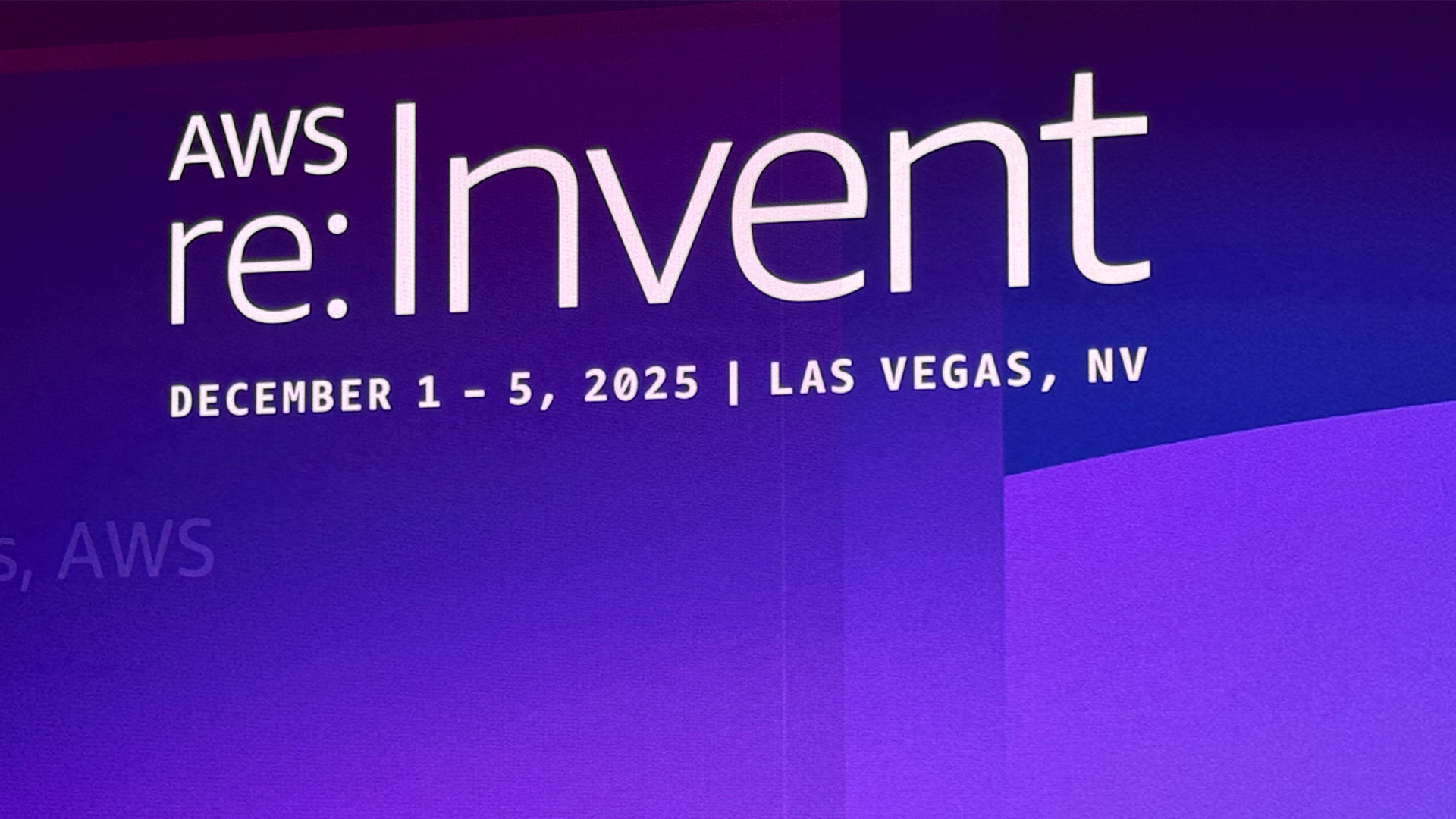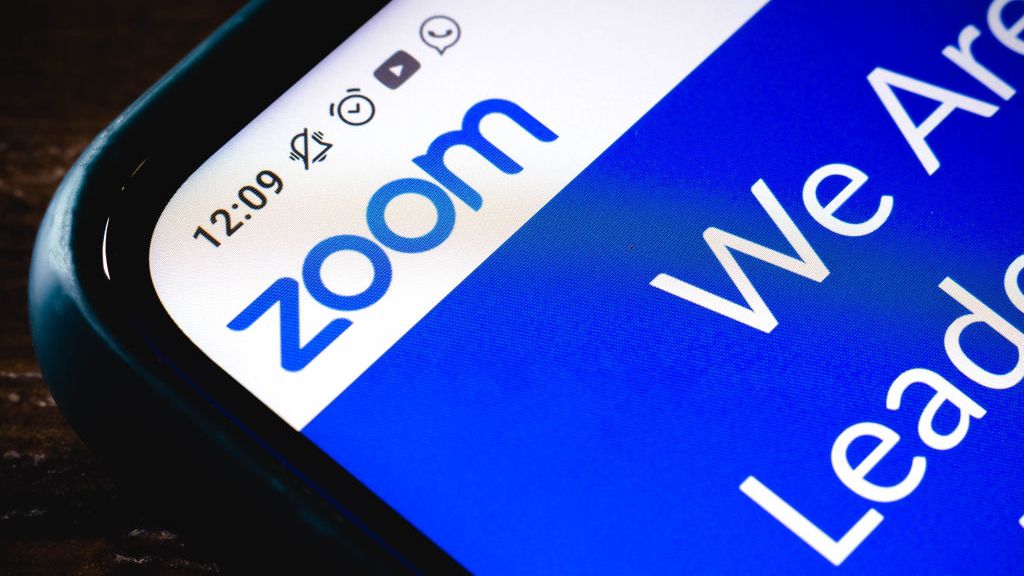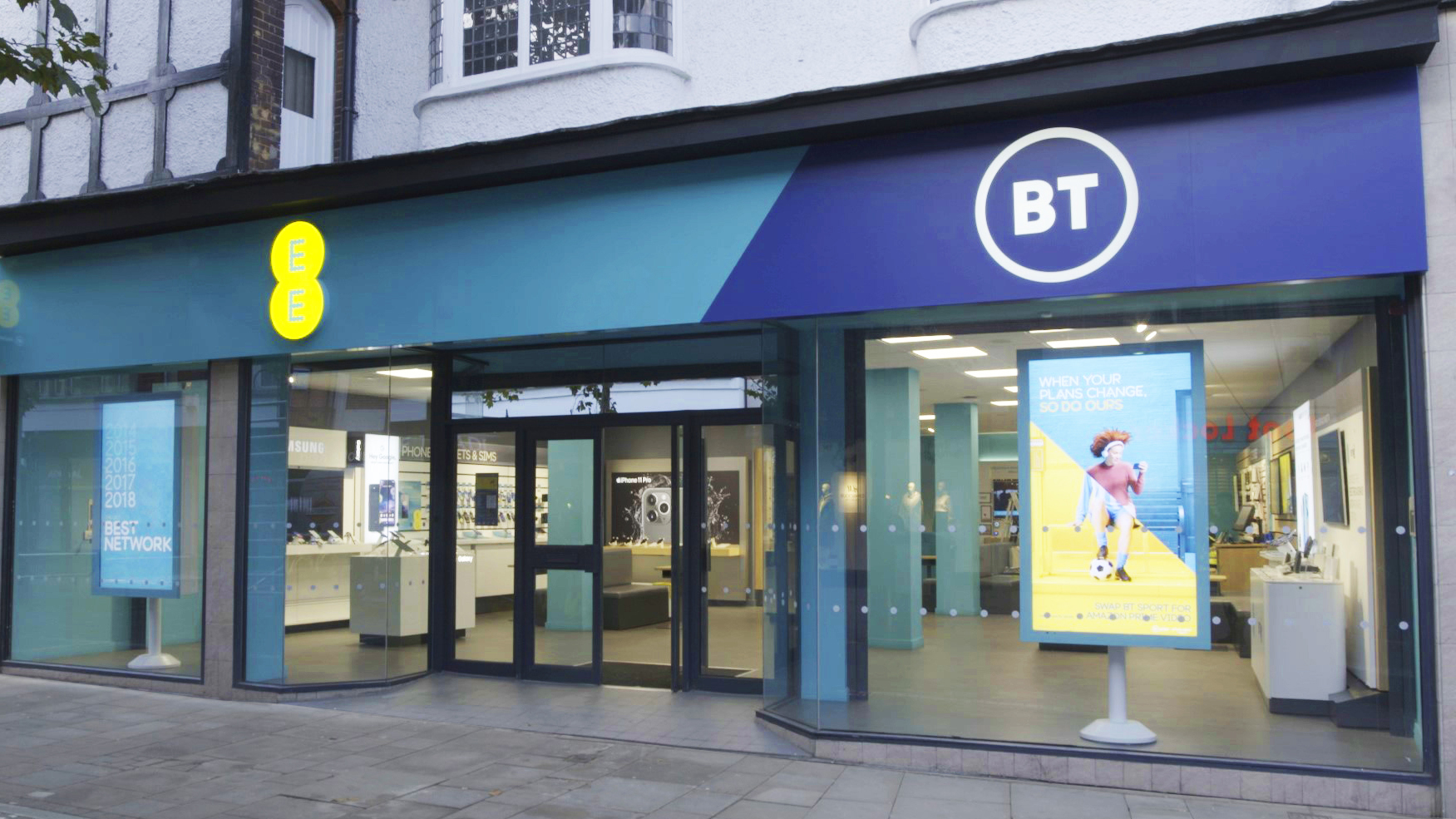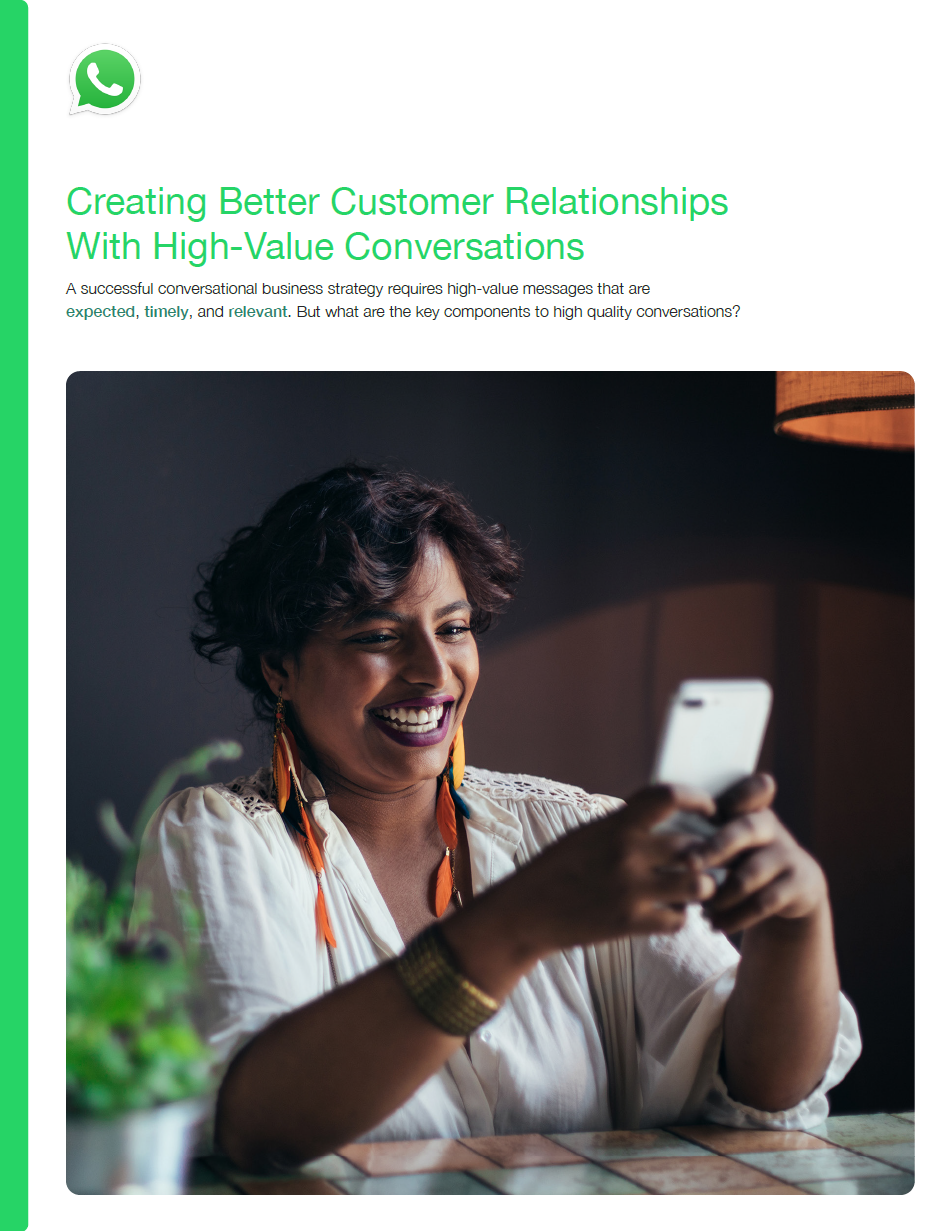Choosing your social media content
The audience for each platform goes to each site for different content. Here's a closer look at each one.

Welcome to part two of IT Pro's social media series. In part one, we discussed the differences between the four major social media platforms (Facebook, Twitter, LinkedIn and Instagram). Now that you have an idea of what all the platforms are for, it's time to learn about the best types of content for each, and how frequently your organisation should be posting.
As with any website, the audience for each platform goes to each site for different content. If you're looking for amazing, high-quality visuals, Twitter shouldn't be your first stop. Just as if you're on the hunt for the latest breaking news, you should spend some time on other sites before you visit Instagram.
With that in mind, let's take a closer look at each platform.
The right content for Facebook
Facebook, with its wide reach and billions of users, is a great platform for videos and curated content. In fact, Facebook videos get over eight billion views a day and have an average engagement rate of 13.5%. But if you plan on posting videos, make sure they have subtitles and captions because 85% of users watch with the sound off.
Additionally, if your organisation has a blog or any other original content, it would be beneficial to share that here as well.
When it comes to how often you should post, the answers vary from no more than three times a week to up to 10 times a week. As a general rule, posting once or twice a day during early to midafternoon is most likely to get the highest engagement. Because of the way Facebook's algorithm works, engagement is crucial to your posts showing up in your followers' feeds. Business posts with little to no likes, comments, shares or reactions will lose to user-generated content, and then very few people will see your post.
Once you've shared your content, be sure to track how well your post is doing. You can do this by using the Facebook Insights tool through your organisation's profile page. After going through the analytics, you can adjust how frequently you post, what you post and when you post it, based on what Facebook Insights says.
Sign up today and you will receive a free copy of our Future Focus 2025 report - the leading guidance on AI, cybersecurity and other IT challenges as per 700+ senior executives
The right content for Twitter
Almost three-quarters of all Twitter users say they use the platform to get their news. With that in mind, Twitter provides a great opportunity to share industry articles and announcements, as well as company news and blog posts. But not everything you post has to be original contentit's okay to curate, too.
It's also fairly common for organisations' Twitter accounts to take on a customer service-like function, as well. If consumers have questions, comments or concerns, there's a good chance they might tweet at the company. Be prepared to respond if necessary.
With over 5,000 tweets coming in every second, the average tweet has a lifespan of only about 20 minutes maximum. So, to stay relevant on Twitter, it's important to post more frequently. Tweeting either at least five times a day, or once an hour during the workday is a good rule of thumb. Some sites suggest there is no maximum to the number of tweets you should post, though most agree that around 15-20 is where organisations should top out for the day.
Just like with Facebook, you can track how well your tweets do and which get the most engagement through Twitter Analytics.
The right content for LinkedIn
With its focus on professional networking, LinkedIn is a great platform for posting professional content. This includes, but isn't limited to, job requisitions for open positions, company news and announcements, and career-focused advice and tips. Keep in mind that LinkedIn's algorithm prefers open and honest status updates from business professionals.
If, like most organisations, you don't have an abundance of company news and announcements, you can also share industry news. Just like with Twitter, making your profile a hub of industry information, relevant whitepapers and articles helps establish you as an authority in your field.
LinkedIn itself suggests you post once a day at the most (no more than five times in a week). But aiming to post two to three times a week is a good place to start. Don't forget to also check your analytics here; you can do so from your organisation's profile page.
The right content for Instagram
As mentioned in part one, Instagram is a platform created for aesthetically pleasing, highly-visual content. Whether that means high-resolution photos of company culture and behind the scenes moments, carefully arranged typography and inspirational quotes or cool graphics and stats, is up to you.
Instagrammers love themed and coordinating content. When done correctly, it unifies your account and attracts prospective followers and customers. There are a few ways to go about this, such as using a consistent colour scheme, editing all your photos in a similar way, taking all your photos under similar lighting conditions, or countless other methods. However, the most important thing to remember is that it won't matter how cool and aesthetic your theme is if your content isn't up to par.
With Instagram, posting once or twice a day is enough. Arguably more important to Instagram's algorithm than posting frequently is posting consistently. If you start off posting four times a week, or once a day or four times a day, do your best to keep that pace going, and the algorithm will reward you.
Tips and tricks
In general, it's good to remember that posts with a visual hook such as a photo, video or GIF have the best engagement. This is especially true among younger demographics.
If you're worried about consistently posting, it may be useful for you to use a website or app to schedule your tweets, posts and photos. Sites like Buffer and Hootsuite, for example, allow you to write your posts ahead of time, schedule them for a specific date and time, then post them for you, leaving you free to focus on other things.
Finally, keep in mind that posting too much is just as bad, if not worse, than not posting enough. When users get sick of your organisation's content, they'll unfollow your accounts at which point it will be hard to win them back. Go for quality over quantity.
If you need a refresher on the differences between the four major social platforms, be sure to check out part one, and for more tips, tricks and suggestions on developing your voice and a following, see part three.
-
 AWS targets IT modernization gains with new agentic AI features in Transform
AWS targets IT modernization gains with new agentic AI features in TransformNews New custom agents aim to speed up legacy code modernization and mainframe overhauls
-
 HSBC partners with Mistral to fuel bank-wide generative AI adoption
HSBC partners with Mistral to fuel bank-wide generative AI adoptionNews The multi-year, strategic partnership will focus on transforming a range of services and tasks from customer-facing to fraud detection and more
-
 How digital marketing will evolve beyond social media
How digital marketing will evolve beyond social mediaIn-depth Twitter's ongoing destabilisation proves businesses can't rely on social media for digital marketing forever
-
 TD Synnex Maverick announces availability of Zoom for partners in Europe
TD Synnex Maverick announces availability of Zoom for partners in EuropeNews Partners now have access to the entire Zoom portfolio, including unified communications platform Zoom One
-
 Best Twitter alternatives for businesses and IT professionals
Best Twitter alternatives for businesses and IT professionalsIn-depth With its long-term viability as a networking and commercial space in question, the industry is casting its eye to several Twitter alternatives
-
 BT Wholesale is bringing EE’s mobile connectivity to partners
BT Wholesale is bringing EE’s mobile connectivity to partnersNews The partnership will provide access to EE’s 4G and 5G networks as the PSTN switch-off approaches
-
 Avaya's Wavenet partnership aims to deliver affordable enterprise-quality UCaaS
Avaya's Wavenet partnership aims to deliver affordable enterprise-quality UCaaSNews The collaboration combines unified-communications-as-a-service (UCaaS) and contact centre-as-a-service (CCaaS) with bundled calls and minutes
-
 3CX StartUP: no business too small
3CX StartUP: no business too smallAdvertisement Feature If you’ve found unified phone systems too challenging to set up or too expensive, then the new 3CX StartUP option tailored for micro businesses might be the solution
-
 Move to business messaging and let richer connections begin
Move to business messaging and let richer connections beginWhitepaper Creating better customer relationships with high-value conversations
-
 Talking to a business should feel like messaging a friend
Talking to a business should feel like messaging a friendWhitepaper Managing customer conversations at scale with the WhatsApp Business Platform